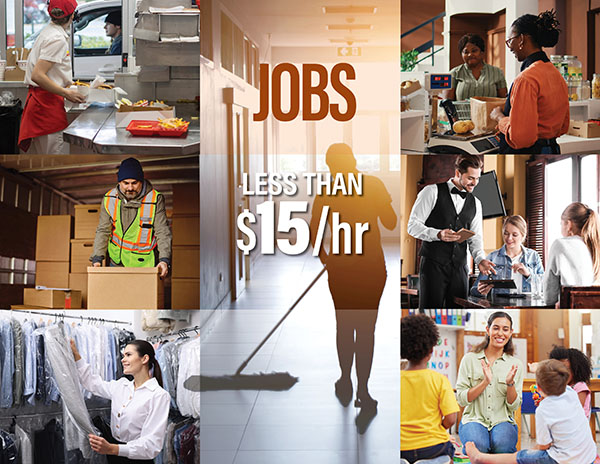An official website of the United States government
 United States Department of Labor
United States Department of Labor

This Spotlight on Statistics reviews historical establishment, employment, and wage trends for the amusement and theme parks industry. Additionally, productivity, consumer expenditures for entertainment fees and admissions, and producer prices for select amusement and theme parks products are reviewed.

During the pandemic, median unemployment duration was highest in 2021, with a duration of 16.5 weeks nationwide. However, unemployment duration varied by state, with durations ranging from 4.9 weeks (South Dakota) to 30.1 weeks (Nevada) in 2021. In 2023, when the national median unemployment duration was 8.9 weeks, state figures ranged from 4.3 weeks (Nebraska and South Dakota) to 17.5 weeks (the District of Columbia).

As the population ages, the workforce that provides long-term services and support to elderly people—as well as those with disabilities and others needing assistance—has grown considerably. Traditionally, much of this care has been provided in institutional settings, such as nursing homes. However, many people prefer to age in place, both because they wish to remain in their homes and because it may be less expensive.

In response to the Great Depression, the Fair Labor Standards Act of 1938 instituted numerous labor law reforms. These reforms included establishing a federal minimum wage of $0.25 per hour ($5.49 per hour in today’s dollars). The minimum wage was later increased, and its scope extended to cover more workers. The most recent update, bringing the federal minimum wage up to its current value of $7.25 per hour, became effective 15 years ago in 2009.

In the aftermath of the pandemic, the services offered by grocery stores greatly expanded to include curbside pickup, online ordering, self-checkouts, and more. What better time to make a trip back to the grocery store to see how productivity has changed since all these developments?